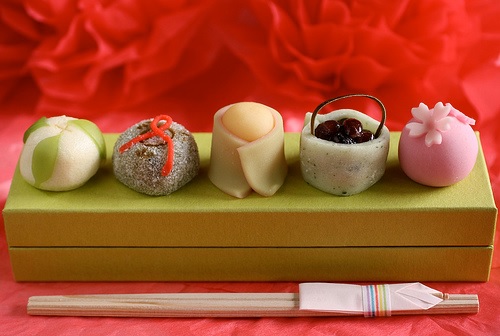
In Japanese tea art and culture there is a wide array of small, beautiful, artistic Japanese sweets known as Wagashi.
Wagashi first were developed in the Nara period ( Japan: 710-784 AD), and developed into an art form during the Edo period (Japan: 1600-1867 AD). They are made from rice flour, kanten (gelatin made from seaweed), and a superfine version of cane sugar and are served with tea . Often these sweets reflect the art of presentation: beautiful colors, pleasant and fun designs that match the season of the year. Of the hundreds of variations that exist today, there are a some core styles of Wagashi: namagashi, manju and higashi, monaka, and yokan.
Namagashi: bean-filled bon-bons that reflect and celebrate the season’s holidays. These are made from rice flour, water, and sugar that is colored and shaped to look like flowers and foods that one would find locally at that time of year.
Manju and Higashi: steamed buns and dried sweets that molded into the shapes of clouds and flowers. These are served as a counter to the bitterness that can be found in some Japanese teas.
Monaka: rice wafers filled with bean paste that adds a delicate crunch to the tea experience.
Yokan: jelly like confections.
Try our Japanese teas with your next Wagashi Japanese sweet!
To shop at Sereni-tea, CLICK HERE!
Reference for these artistic Japanese sweets:
Heiss, Mary Lou and Robert. The Story of Tea, A Cultural History and Drinking Guide. Ten Speed Press. Berkeley, California. 2007. Page 329.

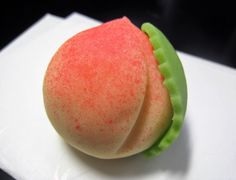
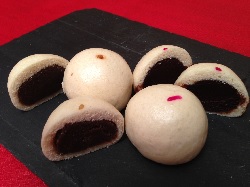
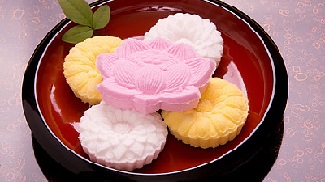
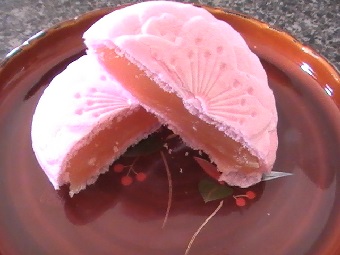
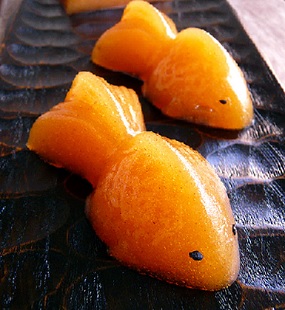

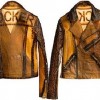
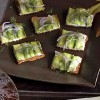


Pingback: viagra for women
Pingback: cialis pills
Pingback: generic cialis